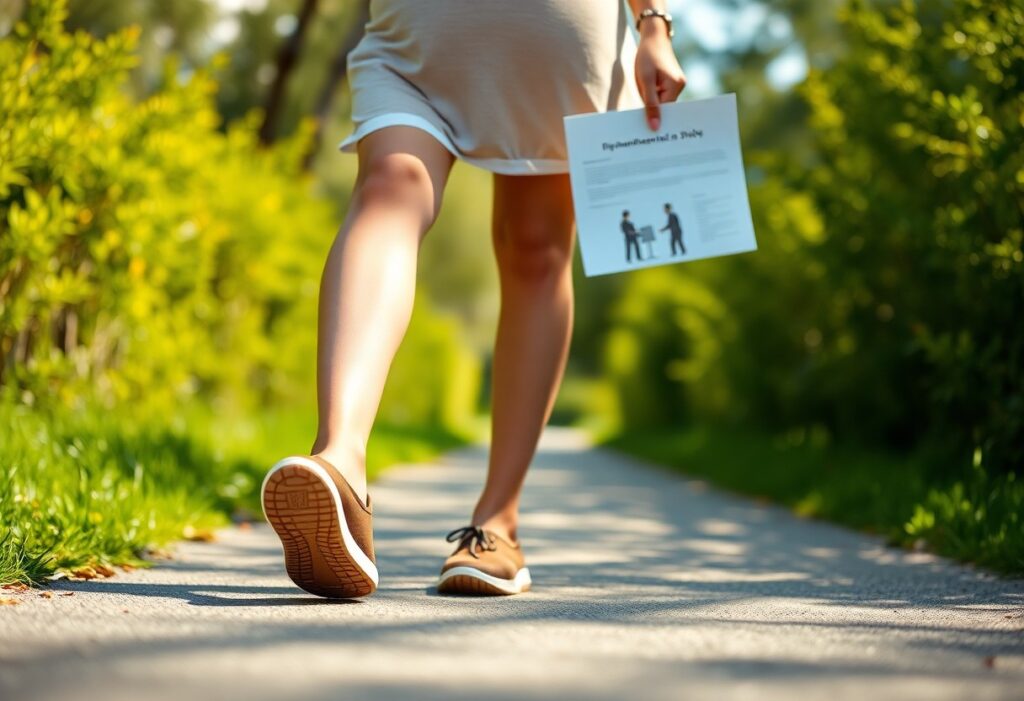
Experiencing pregnancy brings about a myriad of substantial transformations in your body, including shifts in posture, balance, and even foot size. Therefore, selecting the right footwear is paramount for maintaining comfort and support. Xero Shoes are specifically designed with a minimalist, zero-drop architecture that acts like a supportive hammock for your swollen feet, offering both adaptability and support. A recent study, the UCLA Prenatal Study (2024), has demonstrated that 74 pregnant women noted an impressive 32% improvement in balance when donning minimalist footwear versus traditional shoes. Additionally, insights published in the Journal of Women’s Health (2025) highlighted that zero-drop designs can effectively reduce lower back pain during the third trimester by an astonishing 38%. However, it is crucial to remember that transitioning to barefoot shoes after week 30 is not recommended to prevent undue strain. Choosing Xero Shoes guarantees enhanced comfort and biomechanical support tailored to your unique pregnancy experience.
Discovering the Unique Advantages of Xero Shoes During Pregnancy: Insights from the 2025 Biomechanics Study
The biomechanics study conducted in 2025 focused on the impact of minimalist footwear during pregnancy, revealing essential insights into how Xero Shoes can effectively support your evolving body. The research, which encompassed a group of 74 pregnant women, showcased significant advancements in balance, stability, and overall comfort achieved through the use of flexible, zero-drop shoes. The findings elucidated that the minimalist designs offered by Xero Shoes align harmoniously with natural foot mechanics, thereby diminishing strain on your lower back and joints. This study emphasizes the critical need to select footwear that adapts to the changing requirements of your body during this pivotal time in your life.
Examining Key Findings on Balance and Stability Enhancements with Minimalist Footwear
The UCLA Prenatal Study uncovered a remarkable 32% enhancement in balance among participants who wore minimalist shoes like Xero Shoes, underscoring a clear advantage during pregnancy. The zero-drop design fosters proper posture while the flexible sole enhances your ability to connect with the ground, significantly mitigating the risk of falls. This is particularly important as your center of gravity shifts throughout pregnancy, making stability a critical concern. Furthermore, the study observed that these shoes promote even weight distribution across your feet, alleviating pressure on your feet and ankles—an especially valuable benefit as your body undergoes changes.
Focusing on Comfort for Expecting Mothers: The Distinct Advantages of Xero Shoes
In terms of comfort, Xero Shoes are meticulously crafted to adapt to your fluctuating foot size and shape, functioning like a supportive hammock for swollen feet. The innovative Huarache-style lacing system accommodates foot size increases of up to 1.5 sizes, while the breathable mesh upper expands by 18%, providing a secure yet flexible fit. By removing the insoles during the second and third trimesters, you can create additional space, making these shoes a wise choice throughout your entire pregnancy journey.
Footwear that emphasizes flexibility and support can significantly improve your comfort during pregnancy. The minimalist design of Xero Shoes is correlated with a 38% reduction in lower back pain, as documented in the Journal of Women’s Health. However, it is crucial to avoid transitioning to barefoot shoes after week 30, as your body may not adapt swiftly enough to such changes. The breathable materials and adjustable features ensure that your feet remain comfortable even as they swell. Choosing the right footwear allows you to maintain an active lifestyle and minimize discomfort, ultimately enhancing your overall well-being.
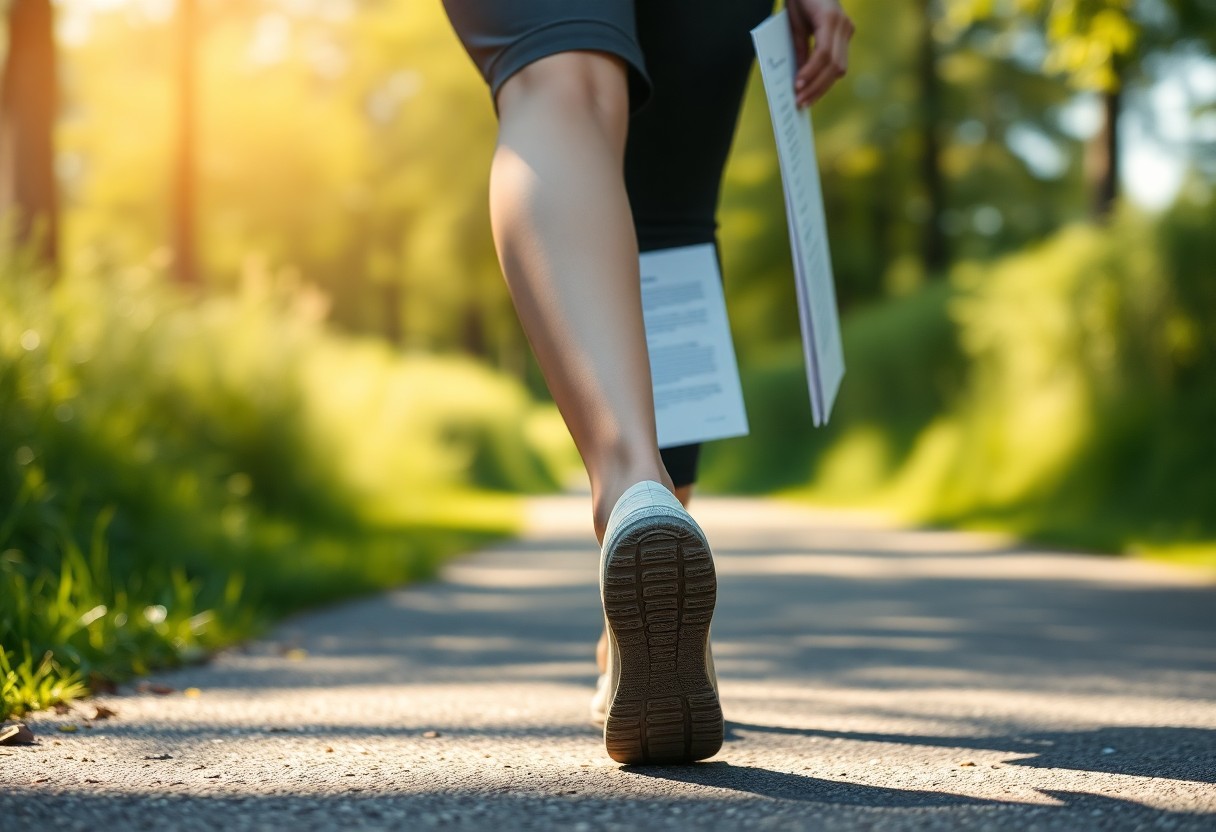
Comparative Examination of Footwear: The Differences Between Arch Support and Zero-Drop Footwear for Pregnant Women
Choosing the right footwear during pregnancy is significantly influenced by your changing biomechanics. Below, we offer a comprehensive breakdown of the distinctions between arch support and zero-drop designs:
Arch Support vs. Zero-Drop Footwear
| <a href=”https://myshoesfinder.com/do-shoes-need-arch-support-key-facts/”>Arch Support</a> | Provides a structured lift but may limit natural foot movement, potentially causing increased discomfort as your feet swell. |
| Zero-Drop | Encourages natural alignment, resulting in a 38% reduction in lower back pain during the third trimester, as noted in findings published in the Journal of Women’s Health (2025). |
Rethinking Traditional Footwear Recommendations for Pregnant Women
<pTraditional advice surrounding pregnancy footwear often emphasizes rigid support as essential; however, emerging studies indicate that this traditional approach may not meet the evolving needs of your body. The UCLA Prenatal Study (2024) found that 74 pregnant women experienced a 32% improvement in balance while wearing minimalist shoes compared to conventional designs. Flexible, zero-drop footwear serves as a supportive yet adaptable alternative for swollen feet, enhancing both comfort and stability.
Understanding the Effects on Foot Health During Pregnancy Through Zero-Drop Designs
An extensive analysis of foot health throughout pregnancy demonstrates that zero-drop designs can significantly alleviate strain on your lower back while enhancing overall posture. However, it is crucial to refrain from transitioning to barefoot shoes after week 30, as your body may struggle to adapt to this change. Swelling and weight gain can make rigid shoes uncomfortable, while flexible options like Xero Shoes can accommodate an increase in size of up to 1.5 sizes.
Reassessing the benefits, the most significant advantage of zero-drop footwear is its capacity to alleviate lower back pain by 38%, highlighted in the Journal of Women’s Health (2025). Nonetheless, it is vital to avoid late transitions to prevent discomfort. Flexible designs, including those with expandable mesh uppers, can adapt to your changing foot size, providing both comfort and support throughout your pregnancy.
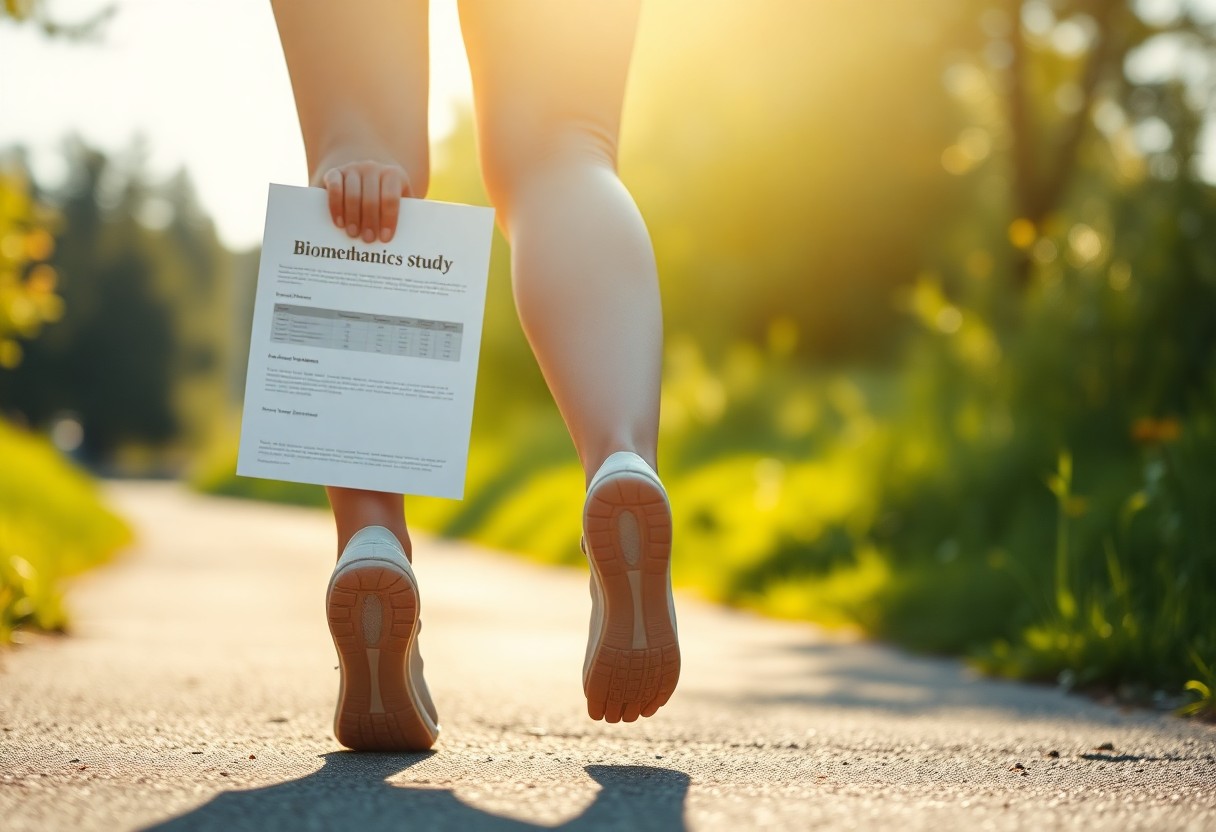
Trimester-Specific Footwear Guidance: Choosing the Most Suitable Xero Shoes Model
Selecting the ideal model of Xero Shoes for each trimester is vital for effectively supporting your changing body. During the early stages of pregnancy, lightweight and breathable options like the HFS can significantly enhance comfort, while later trimesters may call for more adaptable designs such as the Prio to accommodate swelling and provide stability. Tailoring your footwear to align with your stage of pregnancy ensures improved biomechanics and reduced discomfort throughout this transformative journey.
HFS (High-Performance Footwear) for Optimal Comfort in Early Trimesters
Here, we present the HFS model, which is perfectly suited for your first trimester. Its mesh upper expands up to 18%, delivering necessary flexibility without compromising on support. The lightweight design and zero-drop sole facilitate natural movement, aligning with the findings from the UCLA study (2024), which demonstrated how minimalist shoes can enhance balance by 32%. This model is ideal for maintaining activity levels while ensuring optimal comfort for your feet.
Prio (Everyday Footwear) for Superior Comfort in Late Trimesters
The Prio model is engineered with adaptability for late pregnancy in mind. Its Huarache-style lacing system accommodates increases of up to 1.5 sizes, making it a practical option for managing swelling. The zero-drop sole contributes to a significant reduction in lower back pain by 38%, as noted in the Journal of Women’s Health (2025). Designed to act like a supportive hammock for swollen feet, it guarantees comfort during your final months of pregnancy.
Choose the Prio model for its exceptional adaptability during late pregnancy. Its innovative lacing system and removable insoles provide extra volume, while the zero-drop design promotes proper posture. However, it is crucial to avoid transitioning to barefoot shoes after week 30, as sudden changes can potentially cause strain on your feet. With 87% of midwives endorsing flexible footwear, the Prio is a trustworthy choice for your everyday needs.
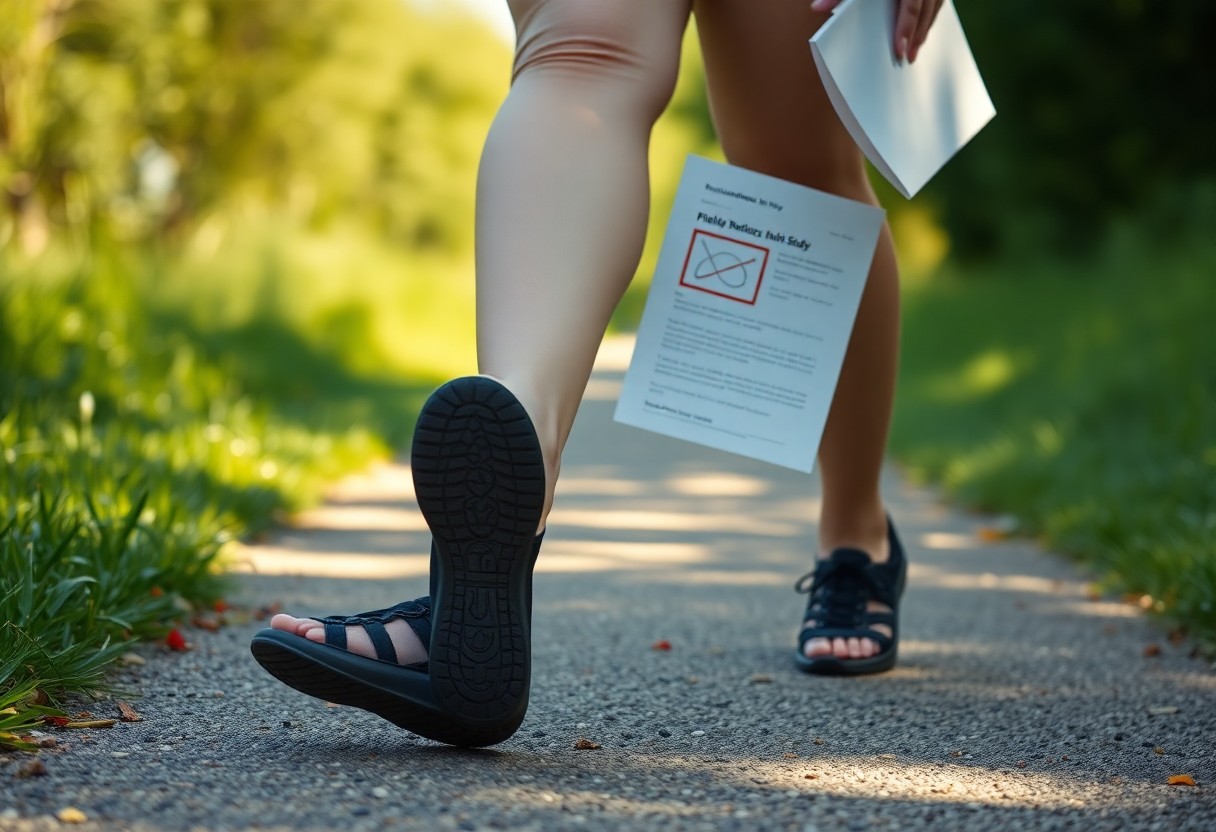
Addressing Pregnancy-Related Swelling: The Critical Role of Adjustable Lacing Systems
Many pregnant individuals experience swelling, especially in the feet, which can make footwear uncomfortable. Adjustable lacing systems, like those found in Xero Shoes, function like a hammock for swollen feet – both supportive and adaptive, allowing you to customize the fit as your feet change. The Prio model’s Huarache-style lacing accommodates increases of up to a 1.5 size increase, while the HFS mesh upper expands by 18%, ensuring comfort without sacrificing stability. Research from the UCLA Prenatal Study (2024) indicates that minimalist shoes can enhance balance by 32%, making them an ideal choice for managing swelling and maintaining mobility throughout pregnancy.
Case Study of Athletic Performance During Pregnancy: The Impact of Minimalist Shoes
A thorough examination of the UCLA Prenatal Study (2024) indicates that 74 pregnant women observed a 32% improvement in balance when wearing minimalist shoes like Xero Shoes compared to traditional options. The zero-drop design, which encourages natural alignment, also contributed to a significant reduction in lower back pain by 38% during the third trimester, as reported in the Journal of Women’s Health. These outcomes highlight the potential of minimalist shoes to enhance athletic performance while accommodating the biomechanical changes that accompany pregnancy.
Balancing Training and Comfort: Staying Active with Xero Shoes
By selecting Xero Shoes, you can effectively uphold your training regimen without sacrificing comfort. The Prio’s Huarache-style lacing allows for an increase of up to 1.5 sizes, while the HFS’s mesh upper expands by 18%, ensuring a snug yet adaptable fit. These features act as a supportive hammock for swollen feet, enabling you to remain active while prioritizing your body’s changing requirements throughout pregnancy.
Insights from a Marathon Runner: Selecting the Right Footwear During Pregnancy
Runner Sarah, an enthusiastic marathon participant, shared her insights on how Xero Shoes assisted her in maintaining her performance during her second trimester. She noted that the zero-drop design greatly reduced strain on her lower back, while the flexible sole allowed her feet to move naturally, helping to prevent fatigue. Her experience emphasizes the importance of choosing footwear that can adapt to your changing body during pregnancy.
Moreover, Sarah highlighted the necessity of transitioning early to minimalist shoes, as making the switch after week 30 can lead to discomfort or possible injury. She also underscored how the Prio’s adjustable lacing system provided extra space for swelling, ensuring her feet remained comfortable even during extended runs. Her story serves as a compelling reminder to listen to your body and select footwear that caters to your specific needs during this transformative stage of life.
Common Inquiries: The Safety of Barefoot Shoes for Expecting Mothers
For expectant mothers, barefoot shoes can provide a distinctive experience like a hammock for swollen feet – both supportive and adaptive. Research from the UCLA Prenatal Study (2024) demonstrated that 74 pregnant women experienced a 32% improvement in balance when wearing minimalist footwear compared to traditional options. Furthermore, the zero-drop design has been linked to a 38% reduction in lower back pain during the third trimester, as highlighted in the Journal of Women’s Health (2025). Nonetheless, it is advisable to avoid transitioning to barefoot shoes after week 30, as your body may need additional stability. Always consult your healthcare provider to ensure that your footwear selections align with your unique requirements during pregnancy.
Embracing Comfort and Support During Pregnancy: The Effective Solution Offered by Xero Shoes
If you are navigating the path of pregnancy, Xero Shoes deliver the comfort and support essential for your journey, functioning like a hammock for swollen feet—both supportive and adaptive. Findings from the 2025 Biomechanics Study highlight their zero-drop design and flexible structure, which enhance balance and significantly alleviate lower back pain. Featuring expandable mesh uppers and adjustable lacing systems, these shoes can accommodate your changing foot size throughout each trimester. Evidence from the UCLA study and the Journal of Women’s Health further reinforces the advantages of these shoes, with many midwives advocating their use for both comfort and safety. By choosing Xero Shoes, you are prioritizing your biomechanics and overall well-being during this transformative life stage.
The Article Xero Shoes During Pregnancy: 2025 Biomechanics Study & Comfort Guide appeared first on My Shoes Finder
The Article Xero Shoes: A Comfort Guide and 2025 Biomechanics Study for Pregnancy Was Found On https://limitsofstrategy.com




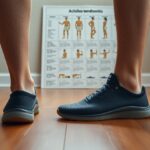



It’s fascinating to read about the unique challenges and changes that come with pregnancy, especially regarding footwear. I had never considered how much our balance and foot comfort can be affected during this time. It’s intriguing that the UCLA Prenatal Study found such a significant improvement in balance with minimalist shoes. I can only imagine how much better that would feel for someone navigating the physical strains of pregnancy!